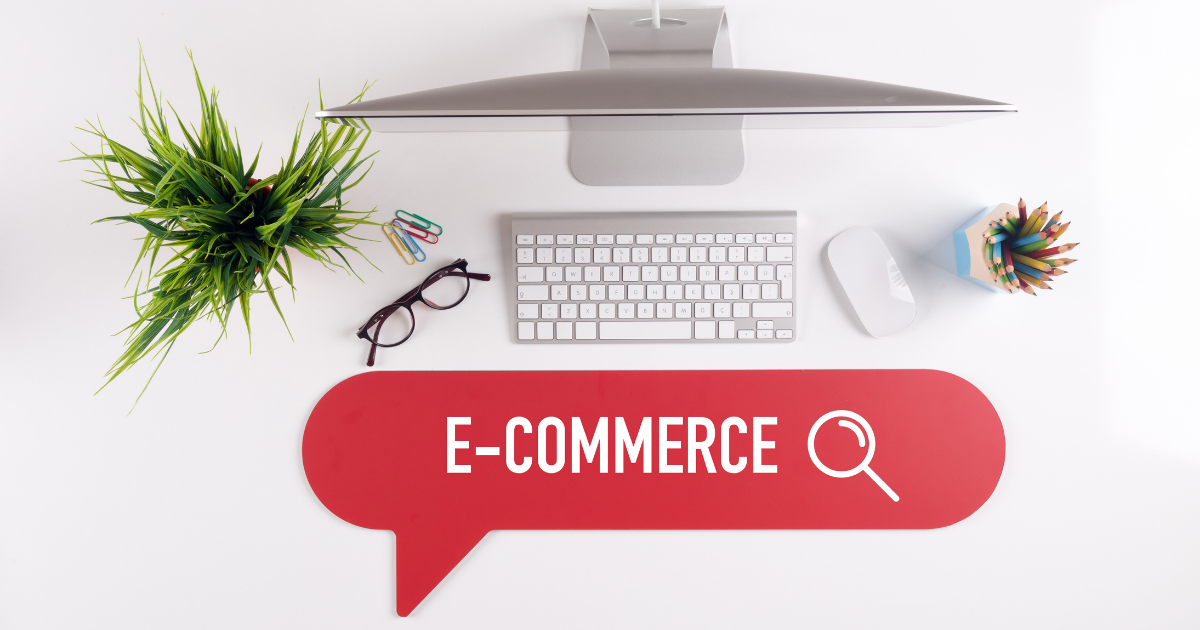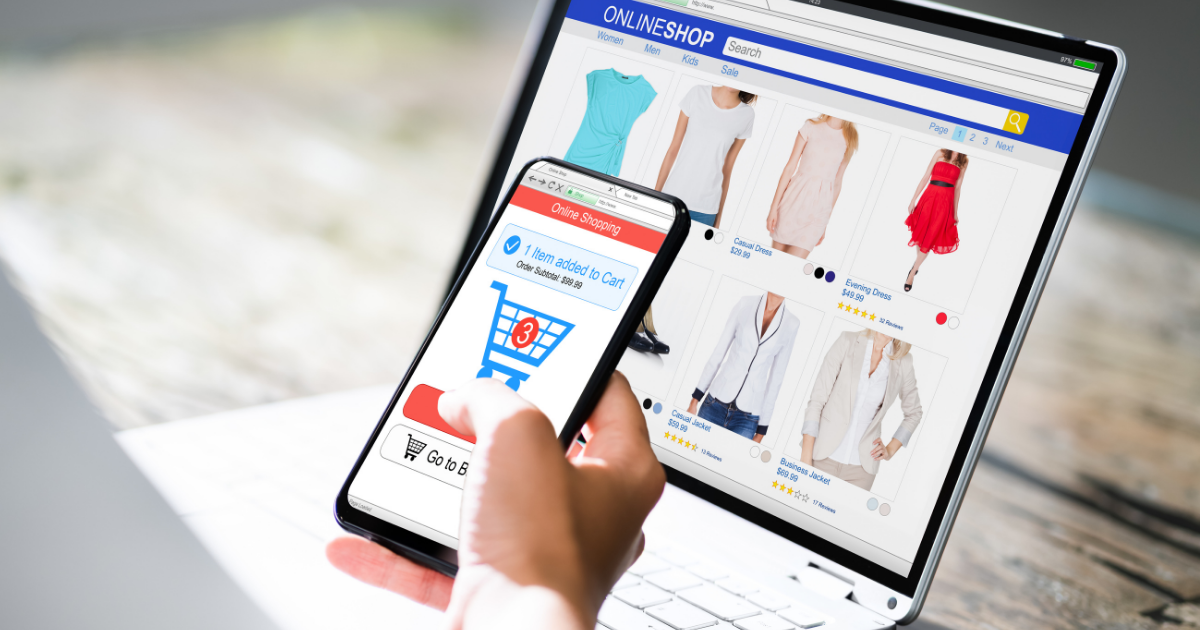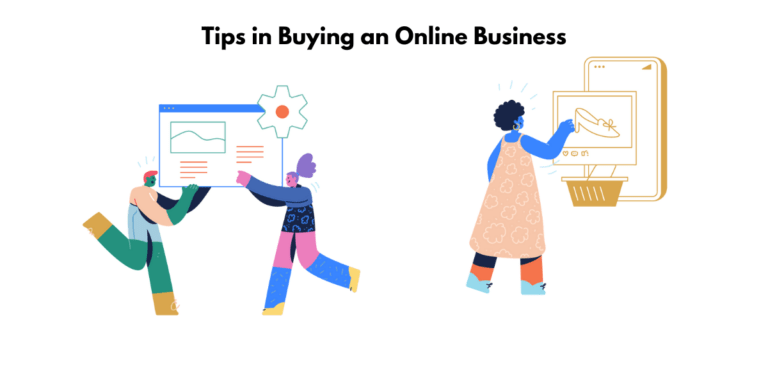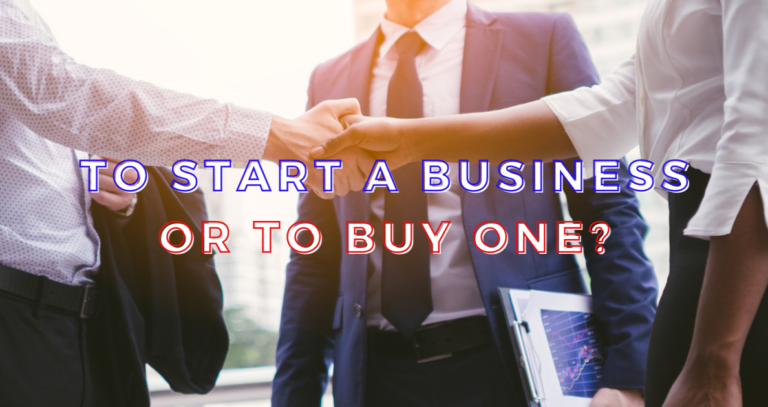Building an Ecommerce Website: All you need to know to make it as customer-oriented as possible
Building an Ecommerce Website
The US is on the verge of having more than $54 trillion in consumer spending over the next two years. It falls to you as a business owner to convert visitors into customers with that much money. To do this, your website should be designed with a customer-centric mindset and offer excellent service and value for those who go online shopping.
So, if you’re building an ecommerce website for your business and have as many customers visit it as possible, this guide is for you! This article will cover the important aspects of the site design so that when potential customers come across your store, they’ll find what they are looking for quickly.
The main objective is to provide you with the tools and insights to help build an effective website. It’s important to understand what your audience wants, how they want it delivered, where they’re coming from, and their needs before starting a new project or even revamping existing projects.
To make sure you create something that appeals aesthetically and functionally, look at these design examples; each has its advantages in terms of layout placement and usability while still appealing to the user.

What is an ecommerce website?
An ecommerce website is a website that sells products to consumers online. These websites are typically built on the domain, which extends the company’s name or brand and can be descriptive keywords or key phrases. The business owner uses this to help customers know what product category they sell up-front. This helps you rank well in search engines, which is crucial to your business’s SEO strategy.
It provides a means of selling products or services to customers without having an expensive storefront to attract them. If someone wants to start selling on the internet, they can choose which type of platform they want- like Magento and Shopify- and what content management system (CMS) will work best for their company.
An ecommerce website is a website that specializes in selling products to consumers. They are typically found online and commonly referred to as online stores or storefronts. Other options, such as .net and co, can also be used for this purpose. A domain name costs $12-25 per year, and domain privacy can be purchased separately if desired.
What is required to build a beautiful (and high-performing) ecommerce website
There are three ecommerce platforms: Open-source, SaaS, and Headless ecommerce business. Each type has its features that can help create an online store.
Open-source platforms allow for complete customization without requiring a developer to code the website from scratch. They typically have fewer features than a headless platform but provide more flexibility in design and development options.
A headless platform is used by companies with specific needs or focuses on content and product descriptions, not technology. It is often used by start-ups and companies with a small team of developers managing the entire process. Headless platforms allow for even more customization than open-source platforms. In addition, they can be integrated into other systems like marketing software, email services, and CRMs, allowing for a complete customer experience.
SaaS ecommerce platforms take all the guesswork out of building an online store because they provide everything necessary to create one from scratch to save time, money, and resources.
When building a website, it’s important to understand that the difference between those ecommerce platforms lies in the level of customization and features. There are two main types: SaaS platforms offer out-of-the-box design experience but with limited customization and the incapacity to add custom features (e.g., Shopify), while open-source platforms like WordPress allow you to customize your site based on your needs completely. Make sure that whatever platform you choose is enough for what you’re trying to achieve.
To build an ecommerce website, you need a coder and a designer on call. You can use headless commerce platforms such as BigCommerce or Shopify to make your business more scalable so that you don’t have to worry about web hosting and maintaining it.
There are many different options for creating beautiful websites without building core functionality from the ground up. These include Magento, Wix, Squarespace, and WordPress, all Open SaaS solutions with powerful front-end capabilities.
Mobile responsive
A responsive design for an ecommerce platform ensures visitors are equally great and can sell anywhere with the Point of Sale app. In addition, a point-of-sale app will allow you to track inventory and connect with customers while on the go.
Mobile responsive means that the website and apps can be viewed on a mobile device. With Point of Sale, you can manage inventory, edit products, scan shipping labels, and contact your customers.
Google Analytics prioritizes mobile-friendly websites. The website should be optimized for scrolling and sticky navigation bars, making navigating the site on mobile devices easier. Images can also be compressed, so they do not take up a lot of space in a browser window when browsing from your phone or tablet screen. Product page loading speed is another thing to focus on.
Customization opportunities
BigCommerce is an open-SaaS platform that offers customization opportunities. In addition, BigCommerce offers third-party integrations such as AR apps, CDN + CMS, and an ML-powered product recommendation engine.
In this industry, there are many opportunities for customization. Our agency partners include Folio3, which provides BigCommerce design services to help customize our website builder and integrate it within larger technical ecosystems.
Core Commerce is the engine powering e-commerce. It includes ecommerce features that provide inventory management, payment processing, shipping, fraud management, and more. The website’s front end can be powered by either WordPress or Adobe Experience Management.
Headless Commerce is a website powered by another technology like WordPress Themes or Adobe Experience Management. The main benefit of Headless Commerce is the ease of customizing its back-end without building it from scratch.
Easy-to-follow site navigation
Ecommerce websites that are functional and easy to navigate will be more successful than those that are not. Ecommerce website navigation is usually based on a custom menu, which can easily be built with eCommerce solutions.
WooCommerce offers a variety of free and paid options to enhance your store. Additionally, the extension provides real-time shipping rates with USPS.
The WooCommerce Subscriptions extension allows you to integrate various payment gateways, such as PayPal and Stripe.
Unique user experience
The key to creating a beautiful and high-performing website is the unique user experience. The best way to create an immersive, delightful, and satisfying customer experience that will drive conversions, repeat purchases, rave customer reviews, and word-of-mouth recommendations are by ensuring that every aspect of the site’s design is carefully considered.
When it comes to designing ecommerce platforms, several factors need to be considered. These include the basic UI components and whether you like their layouts effective or not. In addition, the more elements a site builder can accommodate will allow for greater customization in future operations and an increased user experience overall.
To create a good user experience, remember that not all practices are created equal. For example, suppose you have opted for the best ecommerce website builder, and it looks like what is considered an OK starter practice. However, in that case, this may turn into a money-draining liability later on as your business grows. Therefore, ensure the CMS/CDN used by online seller platforms has been optimized so there will be no sluggish pages or slow-loading product videos when customers visit your site.

What are the differences between B2C and B2B ecommerce sites?
Ecommerce websites are unique because they exist in a space where people can buy and sell goods or services. To attract customers, ecommerce websites need to be customer-oriented with clear navigation, easy checkout processes, optimized landing pages that contain the right information for your target audience, and an effective store search function.
To design a successful ecommerce website, you must understand your target audience because each group of people has different needs related to the type of product or service they are looking for. Therefore, the four key elements of ecommerce website design are clear navigation, information architecture, optimized landing pages, and one-click checkout.
B2C ecommerce websites focus on the customer, which is why they’re more focused on video demos and multiple payment options.
However, B2B ecommerce sites are less concerned with their customers as they’re just trying to increase ecommerce sale by using premium themes or a headless approach.
While it’s not always necessary to have a website that caters solely to one audience, there are some essential ecommerce website design features. For example, B2B ecommerce stores use the same UX design patterns as B2C websites but have a somewhat different structure. Additionally, if you need more than just an eCommerce site for your business or organization, consider hiring someone who can create and manage it all on their own – they’re called “full-service” agencies!
Customer intent
B2B websites are typically long, detailed, and focused on converting visitors to prospects. On the other hand, B2C ecommerce websites are shorter, simpler, and target the needs of people who use the product or service purchased.
The definition of customer intent is the idea that consumers may not know what they want until they see it. The company’s main focus is to convert visitors into prospects and turn them into customers using online and offline sales strategies.
The customer is always right. However, marketing professionals, traditionally targeting B2B audiences, should be aware of these biases and use them to their advantage when designing marketing campaigns for their companies.
Purchase process
A B2B is involved in the purchasing process. In contrast, a purchase decision in the B2C space often involves an emotional or event-driven decision. The main goal of creating an ecommerce website is to generate leads and not for immediate sales.
The purchase process for ecommerce consumers is one that constantly changes. When they discover a good offer, it’s almost too late because all retailers’ websites have plug-and-play integration with top payment services like Square Online, PayPal, Google Pay, and Stripe. Shopify even has its payment solution: Shopify Payments.
When setting up a payment processor, pick the best option for your company. There are many options to choose from – cryptocurrency processors, plug-and-play services, and ecommerce platforms such as Shopify. In addition, entrepreneurs should configure taxes to be collected from shoppers accordingly after choosing their website builder or creating one independently.
User experience
The user experience on ecommerce websites is an important aspect of the website. Customers want to feel as comfortable and convenient as possible when buying a product, so navigation, site design, and shopping are essential for great UX. The conversion into customers is also very important: providing an easy shopping experience can lead to more sales. Trust logos in your footer (like Amazon) can help increase trust between you and your customer.
Before buying anything online, customers turn to reviews for help. Reviews offer users a sense of security and the chance to see what other people say about products and companies. After reading those reviews, you have to tell them what they should do next by providing useful information such as contact details or where goods can be purchased from.
CTAs should not be too many on a single page to be effective. Furthermore, by providing personalized offers to your customers based on their needs and desires, you can demonstrate that you are paying attention to who they are and what they want from your product or service.

Ecommerce website design checklist
Ecommerce website design is often overlooked and can be a difficult process. The most important aspect of ecommerce website design is clear navigation. Good information architecture will also help with usability, conversion rates, and overall site clarity. Ecommerce websites have four key elements: Clear Navigation, Information Architecture, Product Landing Pages, and Easy Checkout.
With the cost of building a fully custom ecommerce website skyrocketing, people are turning towards headless development. Ahead for you is that there are many premium themes and bug-free optimized websites available at affordable rates in recent years to make it easier for businesses to build an attractive digital storefront without having to invest too much time or money into developing one from scratch.
A good ecommerce website needs minimal design changes and SEO optimization, making this approach more efficient than traditional approaches such as building a fully custom ecommerce website.
Product page
Product page web design is exceptionally important. Feature: High-quality product photos key feature: Product specs Buy and save for later button.
The website’s product images are an easy way to find what you need and make a purchase. The website also offers alerts when products are back in stock at local stores near your location and check-in options that let customers know if they’re in the online store or not.
The product page design needs to be clear and concise. It should also include the countdown timer, images of the product in use, and a call-to-action button or link that will direct people to your website for more information about the product.
About us page
52% of business buyers said they want to see the expectations for customer service on your ecommerce website. Key elements are shipping rates and times, returns, and privacy. By law, you must include a privacy policy on your website.
Search results page
The search engine result page shows what is relevant to the keyword searches. Many factors will determine whether a website appears on the first page of the search results or not, such as SEO, analytics, and mobile-friendly design.
The search engine’s results page is changing. More people are browsing and searching through their phones, and blogging about the products they’re looking for has more potential to generate sales than ever before. But unfortunately, email marketing has a lot of potential in generating leads that can lead to missing opportunities.
Although forums are a thing of the past, search engines continue to be used as marketing tools. These pages provide instant results and allow you to target users in niche markets. SEO is still essential if your website is not natively built for social media platforms like Facebook or Instagram.
Account registration & login forms
An ecommerce website should have a registration form that is short and progressive. The shopper should provide basic information at first or log in with social media accounts. Every extra step during the registration process increases the chances of churn, so ask for shipping and billing details after registration is complete.
If you are selling online, it would be wise to make your ecommerce store public or restrict purchases only to those with accounts. However, this option is the most expensive because of all the extra steps needed after every purchase.
Email newsletter form
Email newsletter is a powerful mode of communication and promotion. It’s also one of the oldest forms of online advertising, with billions spent in 2016 alone. Email newsletters effectively reach new audiences, provide valuable information, and promote your brand or service through email campaigns.
There are many benefits of an email newsletter. You can create a mailing list and send your subscribers updates about the product or promotions. It would be best to try sending them special offers for discounts like Kate Spade does with their form on their website.
Enfagrow, a website that sends educational content straight to your inbox, is an example of email marketing. The site also offers ecommerce services and helps you connect with their database of 100 million parents worldwide who are looking for the same type of education they provide.
- The Complete Guide to Startup Business Insurance: Types, coverage, and brokers - December 26, 2022
- Everything You Need to Know About E-commerce Marketing - September 24, 2022
- Building an Ecommerce Website: All you need to know to make it as customer-oriented as possible - January 4, 2022







